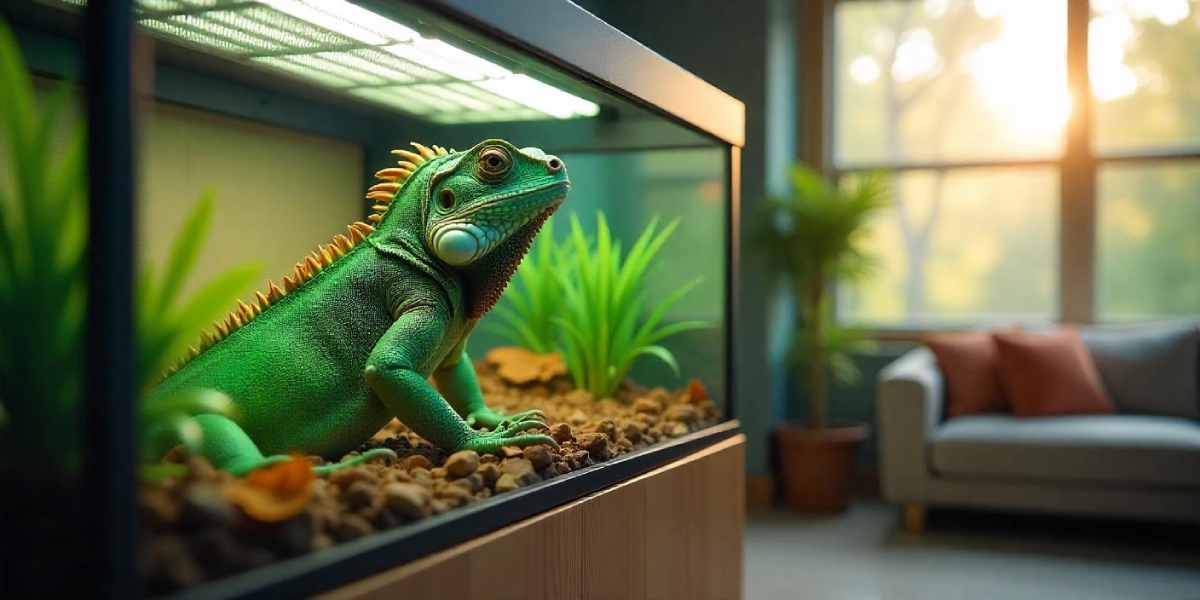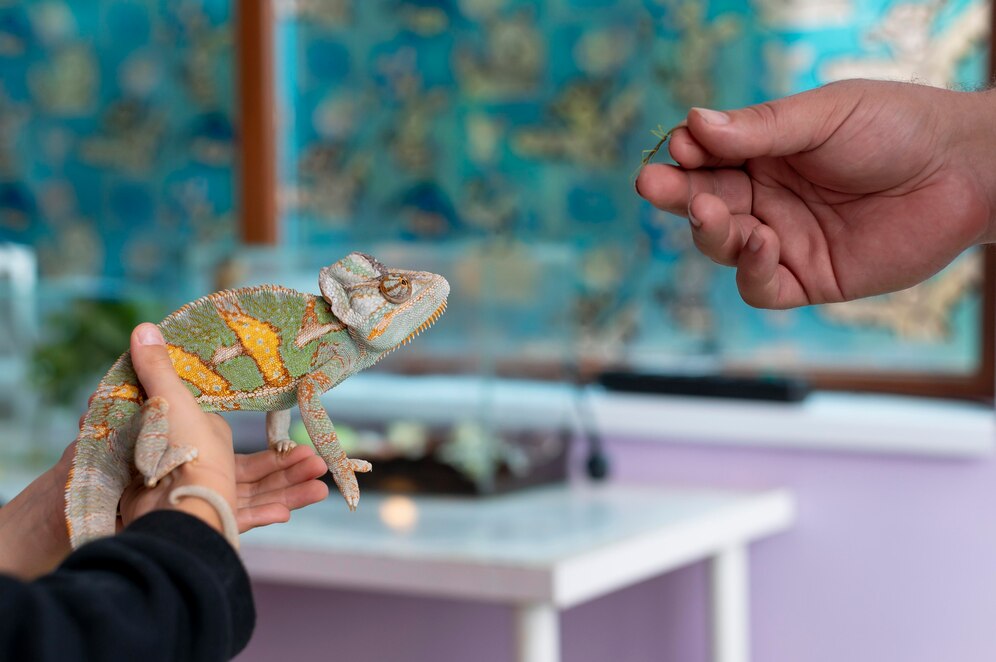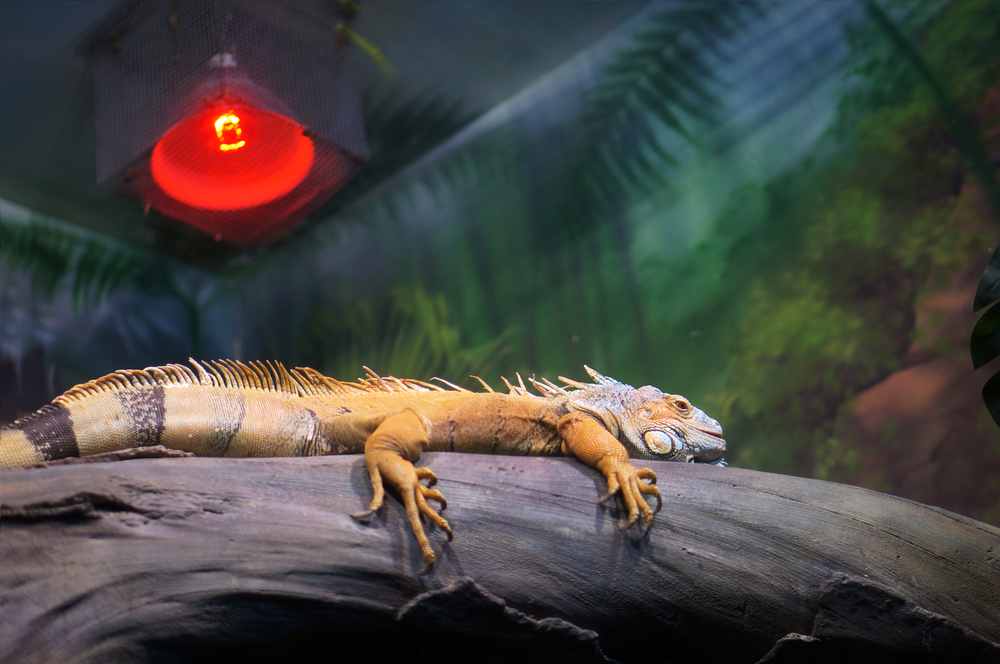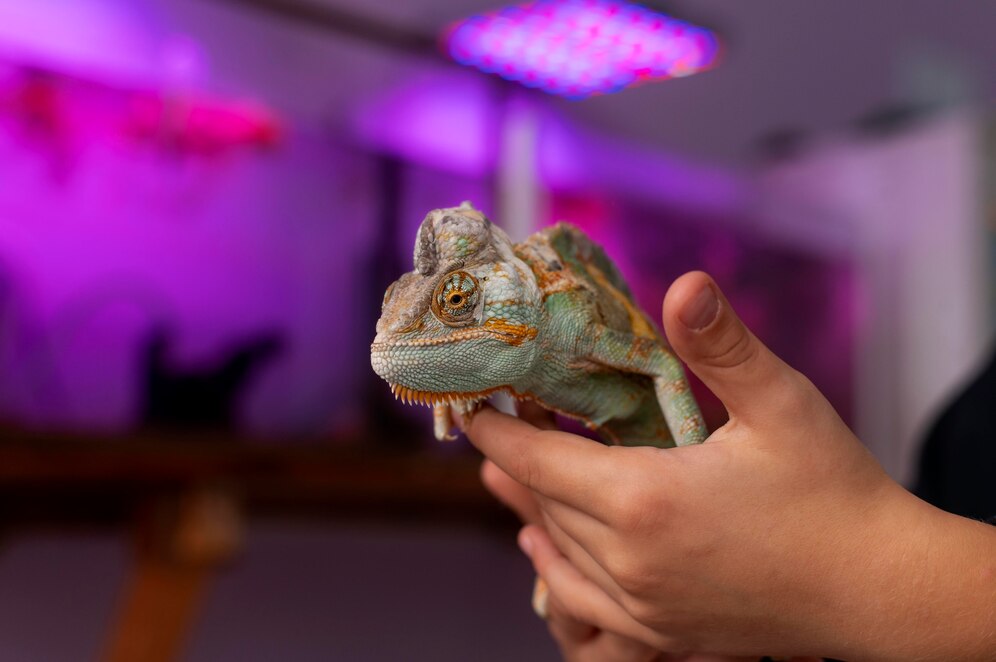
Understanding Humidity & Temperature Needs for Reptiles
Pet reptiles are interesting and have different characteristics. To maintain their health, you need to know their humidity and temperature requirements. Reptiles are ectothermic , unlike mammals. This means that they depend on their surroundings to regulate their body temperature. In this blog, we discuss how to manage humidity and temperature for your exotic pets to help you enhance their care!
Climate control is something many new reptile owners do not think about. This usually causes health issues for their pets. This guide is intended to explain common myths and help you create a perfect habitat for your reptile.
Key Benefits / Why It Matters

Understanding humidity and temperature needs is crucial. It’s not just about comfort; it’s about survival. Reptiles are sensitive to their environment. Poor conditions can cause stress, illness, or even death. By mastering humidity control and temperature management, you can significantly improve your pet’s life.
For example, chameleons need high humidity to avoid dehydration. In contrast, desert species like bearded dragons do well in drier settings. A temperature gradient in their habitat allows reptiles to regulate their body heat. Proper climate management also affects their feeding habits, digestion, and reproduction.
Step-by-Step Guide to Reptile Climate Regulation
Understanding Species-Specific Needs
Every reptile species has its own needs. Research your reptile’s natural habitat to replicate the right conditions. Consider its geographical origin, climate, and behaviour.
Research and Resources
Use trusted sources like scientific journals, herpetology books, and advice from experienced keepers. Online forums and reptile care groups can also offer helpful insights.
Setting Up the Habitat
Creating a good environment means choosing the proper enclosure, ensuring ventilation, and installing equipment for humidity and temperature control.
Choosing the Right Enclosure
Select an enclosure that fits your reptile’s size and activity level. Glass terrariums are standard, but wooden or plastic vivariums provide better insulation.
Installing Climate Control Equipment
Use thermometers and hygrometers to monitor conditions. Invest in quality tools like ceramic heat emitters, under-tank heaters, and misting systems.
Maintaining Optimal Humidity Levels
Adjust humidity in various ways, depending on whether you need more or less moisture.
Increasing Humidity
Use substrates that hold moisture, such as coconut fibre or sphagnum moss. Mist the enclosure regularly and add water features like small waterfalls or foggers.
Decreasing Humidity
Ensure good ventilation to avoid moisture build-up. A dehumidifier or increasing heat can also help lower humidity.
Regulating Temperature
Set up a temperature gradient in the enclosure. This allows reptiles to move between warm and cool areas.
Establishing a Temperature Gradient
Place heat sources at one end for basking, leaving the other cooler. This setup mimics natural conditions, letting reptiles self-regulate their temperature.
Night-time Temperature Considerations
Reptiles often need cooler temperatures at night. Use timers to adjust heating or choose night-specific heating elements.
Additional Expert Tips & Common Mistakes to Avoid

Watch out for common mistakes while setting up your reptile habitat.
Overlooking Seasonal Changes
Many reptiles face seasonal changes in their habitats. These affect humidity and temperature. Research these cycles and adjust your care routine to mimic them.
Ignoring Signs of Stress or Illness
Reptiles show subtle signs of stress or illness when conditions are off. Watch for appetite, activity, or appearance changes as signs of trouble.
Best Practices for Monitoring and Adjustment
Regularly check and record temperature and humidity levels. Make gradual changes and observe your reptile’s behaviour to see if adjustments work.
Advanced Insights / Expert Recommendations
To learn more about reptile care, explore advanced topics like bioactive terrariums or breeding conditions. These areas can help enhance your reptile’s environment and support conservation efforts.
Utilising Technology for Climate Control
Innovative technology, such as programmable thermostats and humidity controllers, can automate climate regulation. This reduces the chance of error and keeps conditions precise.
Engaging with the Reptile Community
Join reptile groups or attend herpetology conferences for ongoing learning. Connect with knowledgeable people in the community.
Create a Good Environment for Your Reptile

To summarise, knowing about humidity and temperature management is critical to your exotic pet’s health. Imitating their natural environment helps them flourish.
Do your research and invest in quality gear. Check conditions regularly and communicate with the reptile community on the best practices. Your efforts will improve your pet’s quality of life and deepen your appreciation for these wonderful beings.
Want Reptile Care To Get Better? First, review how you are currently set up and make your changes. Your reptile will thank you with vibrant health and engaging behaviours.


